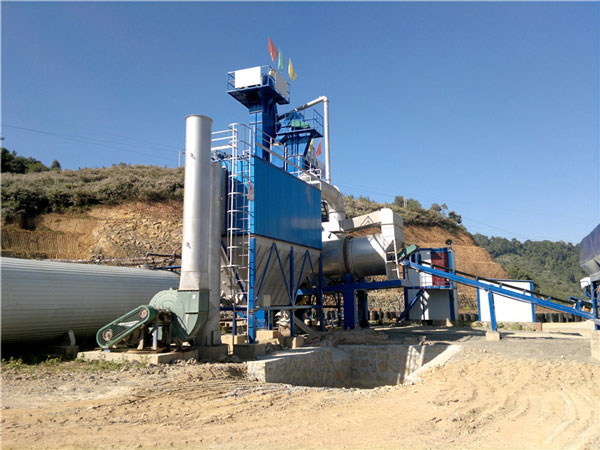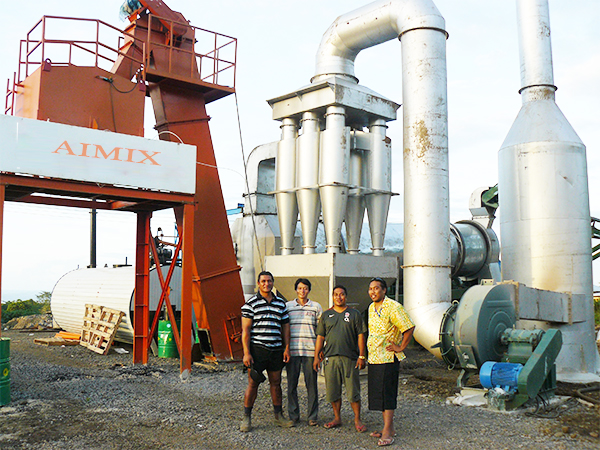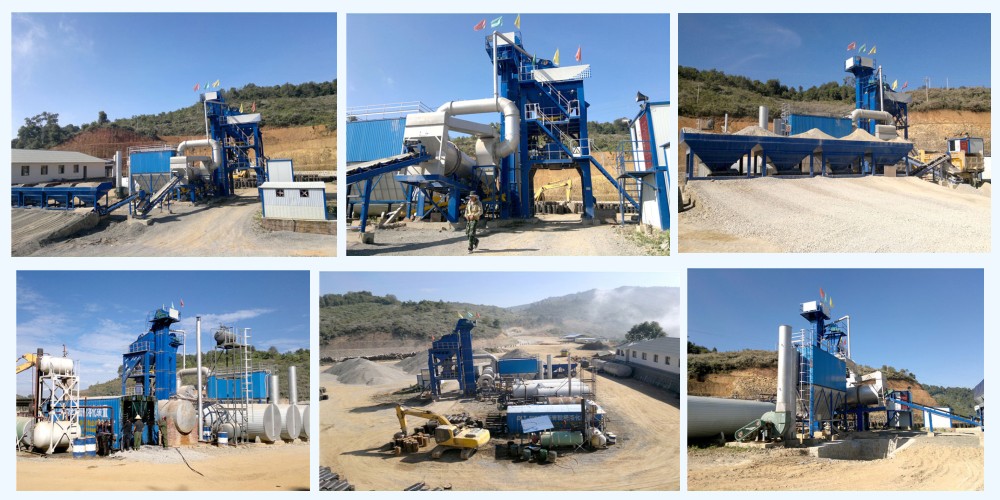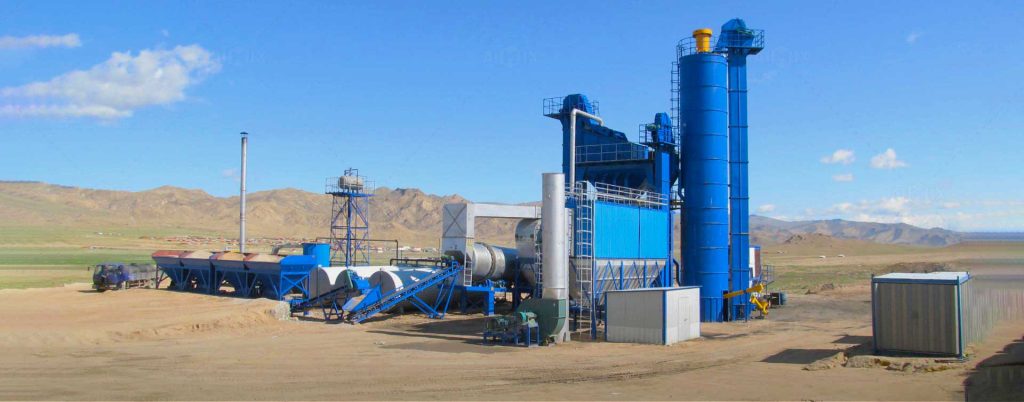Making an asphalt mixture is, more often than not, compared to baking a cake. You need to ensure you have the proper ingredients and the right recipe and that you mix everything in the right ratio in order to have appealing and homogenous results.
Well, there are two main types of plants used in the process of preparing asphalt mixtures, drum plants and batch plants. But which one should you pick? Are there substantial differences that make one better than the other? That’s what we are going to tackle in this post.
Asphalt Batch vs Asphalt Drum Plant
Asphalt batch plants make small ‘batches’ of asphalt mixture by utilizing a process that’s repeated over and over until the required tonnage for a project is achieved.

Asphalt Batch Plant Benefits
-They produce high-quality results due to the precise measurement of each batch produced.
-They offer great flexibility in production.
-Batch size, as well as production capacity, can vary depending on the plant’s design.
-Thanks to the intermittent production process, you can easily switch back and forth between varying mix recipes if needed.
Asphalt drum plants, on the contrary, prepare the mix via a continuous process and need the use of silos for temporary storage before the final product is transported to the project site.
Asphalt Drum Plant Benefits
-There’s no interruption in the asphalt mix production process as the aggregate and liquid asphalt flow into the mixing or drying chamber in a continuous flow.
-There are various configurations of asphalt drum plants, depending on how the aggregate moves in relation to hot air.
-In the counter-flow type, the air and aggregate flow in opposite directions. In parallel flow, they move in the same direction, and in double barrel/drum, there’s an outer shell whereby the aggregate flows before it comes into contact with the hot air.
-No matter the configuration, the process is continuous and this allows for the creation of a homogenous mixture that can be produced at a high rate. This makes drum plants ideal for large scale projects that require a high production rate of asphalt mix as well as projects that are on a time constraint.

The Common Components of Drum and Batch Plants
Binder or Liquid Asphalt Storage Tanks
These are used to store the liquid component of the final product.
Drying Chamber
A component used to heat and dry the aggregate using hot air.
Cold Feed Bins
These are used to meter the varying aggregates into the chamber used for drying.

Dust Collection System (Baghouse)
This is a component used to capture dust particles and fine sand and return them to the mix.
Storage Silos
These are vital components in drum plants. They allow for the continuous production of asphalt mixture and also boost the production rate. They are usually insulated and heated in some cases to avoid temperature loss.
Conclusion
Ultimately, you can be able to produce high-quality asphalt mix, no matter the machine you use. Each type has its benefits and it all boils down to your project requirements.

